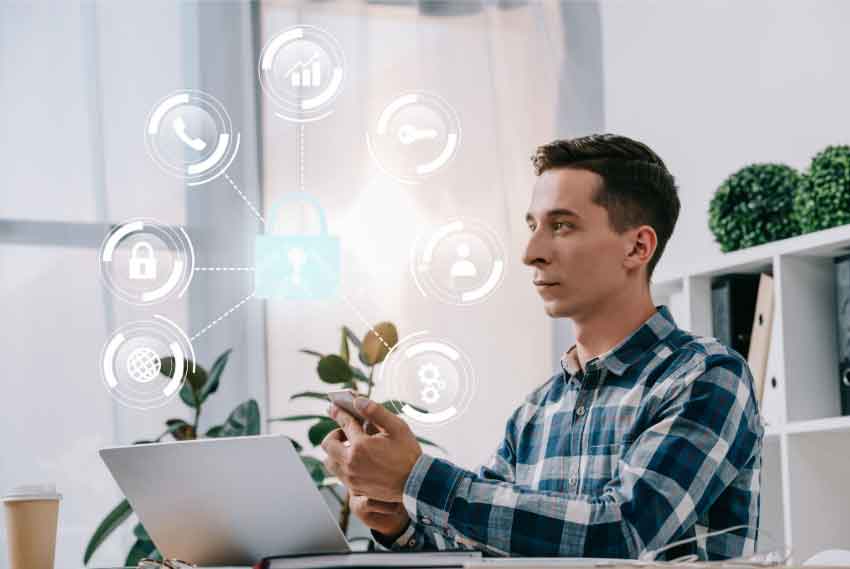Show:
The Unseen Threat of Malicious Software: How to Protect Yourself
Malicious software (or malware) is a sinister client-side attack that infects your computer and can duplicate itself, often without you knowing about it, until it’s too late. This post will go through what malware is and the threats that accompany it. I’ll also tell you how to protect yourself from malicious software, both on your smartphone and your computer, to keep you safe online.

What Is Malicious Software?
Malicious software (also known as malware) is a type of software that is programmed to harm.
It can infect your computer and cause it to perform actions without your knowledge or consent, such as stealing information from you or accessing your and your family’s private files. You can always look for a Home Security Heroes’s top choice to protect your family from these kinds of harmful software. Malware can also be used to change the way you see content on the internet, making it more difficult for you to use the web safely.
Malicious software can take many different forms and there are some common characteristics that all malicious software has in common:
- It may force you to pay money to remove it from your computer.
- It may store personal information about you on your computer without your knowledge or consent.
- It may trick you into installing it by pretending to be something else (such as an update for another program).
Type of Malicious Software
Malicious software, or “malware,” is a broad term for any kind of computer code that does something bad to your computer.
There are many types of malware threatening online users today. Some of the more common types include:
- Viruses: Viruses are programs that replicate and infect other files on your computer, damaging them or making them unusable. They can also infect your entire hard drive, which is known as “system crashing.”
- Trojans: Trojans are programs that look like legitimate software but have malicious features built in. For example, a Trojan might look like an email program but contain a virus that sends out copies of itself when you open the file.
- Spyware: This type of malware tracks your activity online by monitoring what sites you visit and what information you enter into forms while visiting those sites. Spyware can also collect information about other people who use your computer (such as passwords). It can then send this data back to the spyware creator without your knowledge or consent.
- Ransomware: This type of malware locks down files on your computer so that they cannot be accessed until you pay the ransom demanded by whoever created it!

How Do You Get Infected With Malware?
There are several ways you can get infected with malware. One way is via email attachments and links in emails—these can contain viruses that can harm your computer if opened.
Another way is through websites—these may contain malicious software that infects your computer when downloaded onto it. You can also download malware by clicking on links that lead to sites containing malware-laden downloads (such as pirated movies or music).
What Are the Dangers of Malicious Software?
The danger lies in the fact that once malware gets into your computer, it’s capable of doing some serious damage. The malware could be used to steal sensitive data or hold your computer hostage with ransomware demands until you pay up.
It could also be used as part of a botnet—a network of computers infected with malware that can be used for various malicious purposes such as sending spam emails or launching cyber attacks on other systems (such as those belonging to government agencies).
How Can You Protect Yourself?
The best way to protect yourself from malicious software is to educate yourself. The more you know about the risks, and the more you know about how to protect yourself, the less likely it is that your device will be compromised by a virus or another type of malicious software.
Here are some tips for staying safe:
- Don’t trust links in emails from people you don’t know. If it’s from someone you do know, then contact them by phone or text message before opening any link they’ve sent you.
- Don’t download files from untrusted websites.
- Don’t open attachments without checking with the sender first whether they’re safe—even if it’s an email from someone you know! (And even if they say they’re sure.)
- Keep your antivirus software up-to-date so that it can protect against new threats as soon as they’re discovered
Final Thoughts
In the end, it comes down to how much you value your privacy and security while using the Internet. If you have ever been hacked or had your identity stolen because someone compromised your computer, it’s easy to see why proactive protection measures are necessary.
There’s a lot of malicious software out there that’s waiting to attack, and if you’re not taking any precautions, it will find its way to you sooner or later. We hope that this collection of tips will be a good starting place for you to create and maintain a safer Internet experience.

 Return to Previous Page
Return to Previous Page








